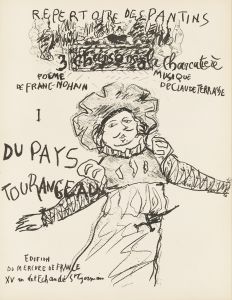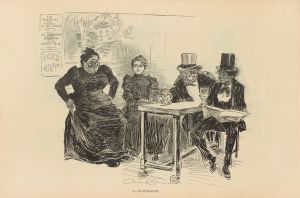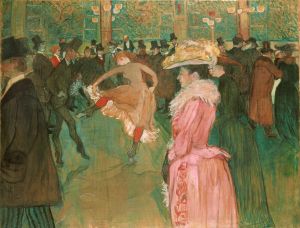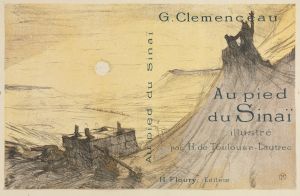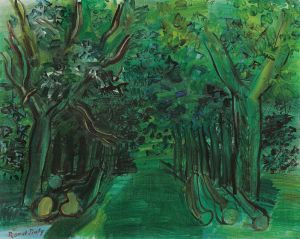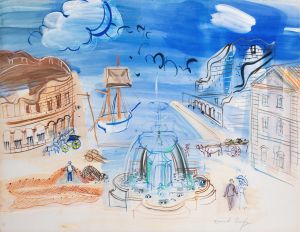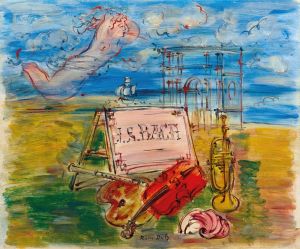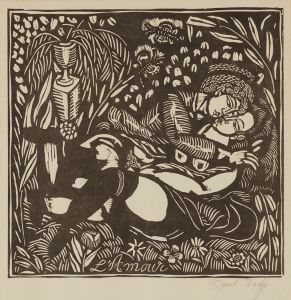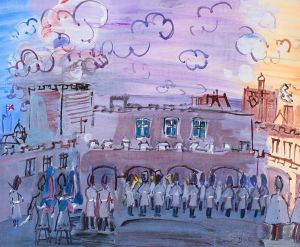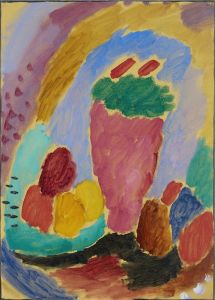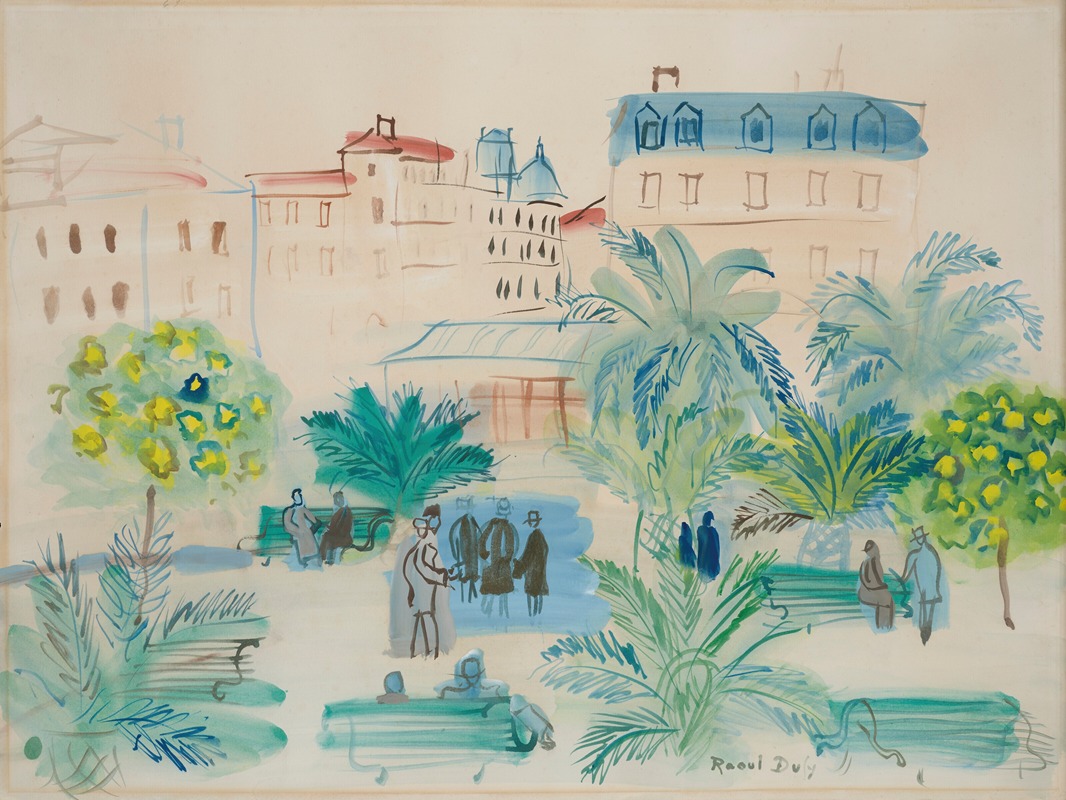
La Place Arago
A hand-painted replica of Raoul Dufy’s masterpiece La Place Arago, meticulously crafted by professional artists to capture the true essence of the original. Each piece is created with museum-quality canvas and rare mineral pigments, carefully painted by experienced artists with delicate brushstrokes and rich, layered colors to perfectly recreate the texture of the original artwork. Unlike machine-printed reproductions, this hand-painted version brings the painting to life, infused with the artist’s emotions and skill in every stroke. Whether for personal collection or home decoration, it instantly elevates the artistic atmosphere of any space.
Raoul Dufy, a French Fauvist painter, created the artwork "La Place Arago" in the early 20th century. Dufy, born on June 3, 1877, in Le Havre, France, is renowned for his vibrant use of color and his cheerful depictions of leisure activities, landscapes, and urban scenes. His work is often associated with the Fauvist movement, which emphasized painterly qualities and strong color over representational accuracy.
"La Place Arago" captures a scene from a public square, likely inspired by a real location in France. Dufy's characteristic style is evident in the painting, with its bold, expressive brushstrokes and vivid palette. The composition of the painting reflects Dufy's interest in capturing the dynamic energy of urban life. The scene is bustling with activity, featuring figures engaged in various activities, surrounded by architectural elements that suggest a lively, communal space.
Dufy's technique in "La Place Arago" involves the use of loose, fluid lines and a bright, harmonious color scheme. This approach creates a sense of movement and spontaneity, inviting viewers to experience the vibrancy of the scene. The artist's use of color is particularly notable; he often employed contrasting hues to create a sense of depth and to highlight different elements within the composition.
Throughout his career, Dufy was influenced by various artistic movements and contemporaries. He initially studied at the École des Beaux-Arts in Le Havre and later at the École Nationale Supérieure des Beaux-Arts in Paris. His early work was influenced by the Impressionists, particularly Claude Monet, but he soon became associated with the Fauves, a group of artists including Henri Matisse and André Derain, who were known for their bold use of color.
Dufy's work evolved over time, and he experimented with different techniques and subjects. In addition to painting, he worked in various media, including printmaking, textile design, and ceramics. His versatility and innovative approach to art made him a prominent figure in the early 20th-century art world.
"La Place Arago" exemplifies Dufy's ability to capture the essence of a place through his unique artistic vision. The painting reflects his fascination with the interplay of color and light, as well as his ability to convey the atmosphere of a bustling urban environment. Dufy's work continues to be celebrated for its joyful, expressive qualities and its contribution to the development of modern art.
Raoul Dufy passed away on March 23, 1953, in Forcalquier, France, but his legacy endures through his extensive body of work. "La Place Arago" remains a testament to his skill as a painter and his ability to bring scenes to life with his distinctive style.





